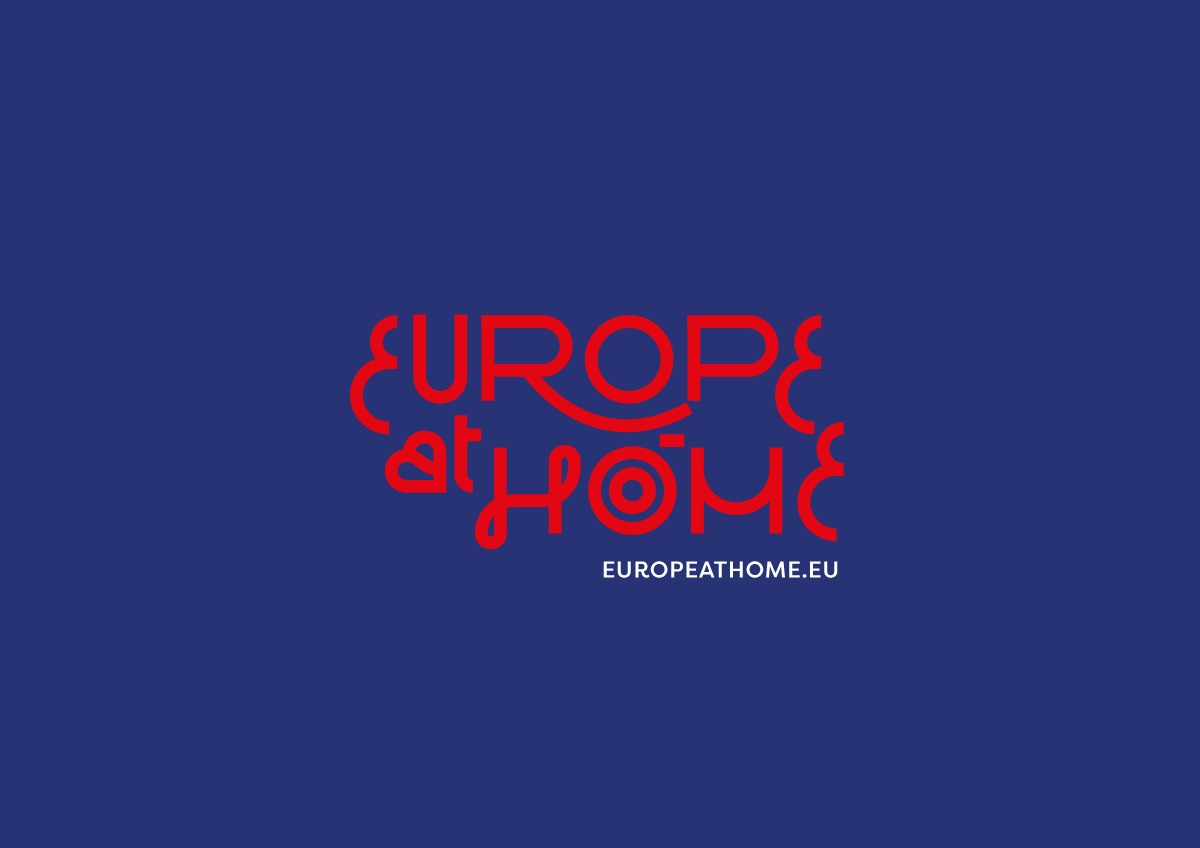Faced with this extraordinary scenario where the life we knew has come to a halt, where a significant part of the population closed itself at home, the Faro2027 team, responsible for this city’s candidacy to European Capital of Culture, decided to challenge several European cities to portray the experience of this unprecedented moment in our recent history through the lens of a photographer and the words of a literary author. The response was immediate and enthusiastic and 14 cities quickly came together to highlight how Europe is so identical even assuming its differences.
Each city invited a photographer and a literary author and the result of these works are displayed on europeathome.eu, where the visitor can access not only the artistic works but also information on each city involved, as well as short biographies of each artist. The platform is very user friendly, offering navigation through a map or menus by city, photographer and literary artist. The project started with cities that place culture as one of their main development axes, cities that are, were or want to be related to the European Capital of Culture project: Bodø (Norway); Chemnitz (Germany); Esch-sur-Alzette (Luxembourg); Faro (Portugal); Kaunas (Lithuania); Leeuwarden (Netherlands); Novi Sad (Serbia); Oulu (Finland); Piran (Slovenia); Plovdiv (Bulgaria); San Sebastian (Basque Country/Spain); Tartu (Estonia); Valletta (Malta) and Veszprèm (Hungary). From Malta’s end, photographer Alexandra Pace and writer Simone Inguanez are contributing to the project.
At the moment the project has four more cities finishing their artistic works in order to go live on the digital platform. The project promoter can also reveal that Europe at Home is expected to grow and that there are already ten more cities interested in joining the project.
Although many of the cities featured in the launching phase are related to the European Capital of Culture title, “Europe at Home” aims to be an open movement seeking to embrace any city in Europe and any of its artists, and citizens. In order to accomplish this, the project invites Europeans to share their experiences during this time of emergency by sharing – in public profiles on social media – photos and videos with the #europeathome hashtag. A compilation of these images can be seen on the homepage of the project’s website.
Click europeathome.eu and get to know more about these different European cities and their artistic perspective, that can be seen and read, on this particular moment in our history that is being lived “at home”.
